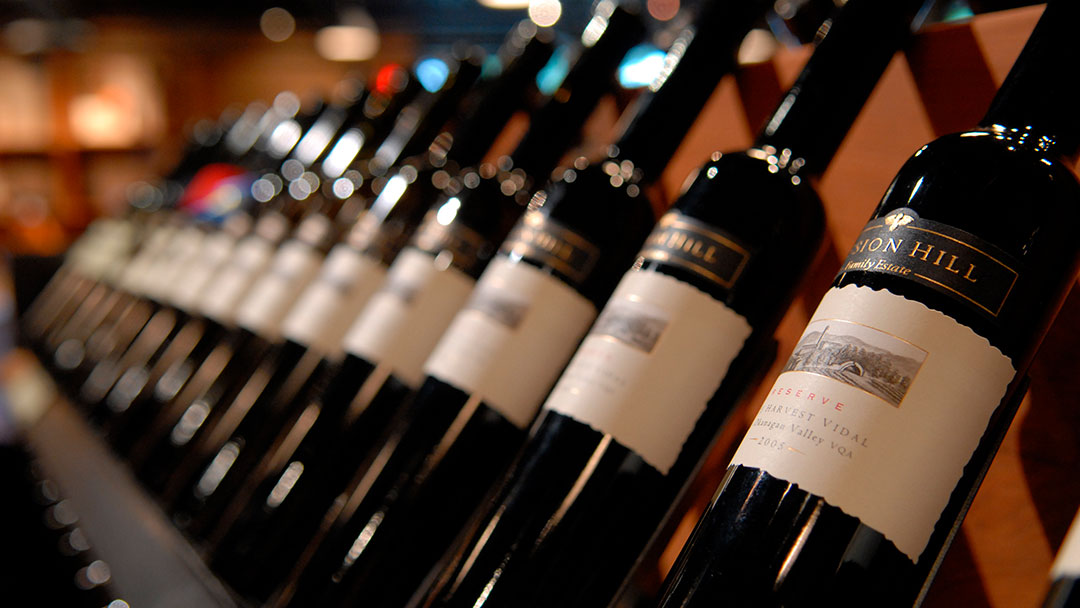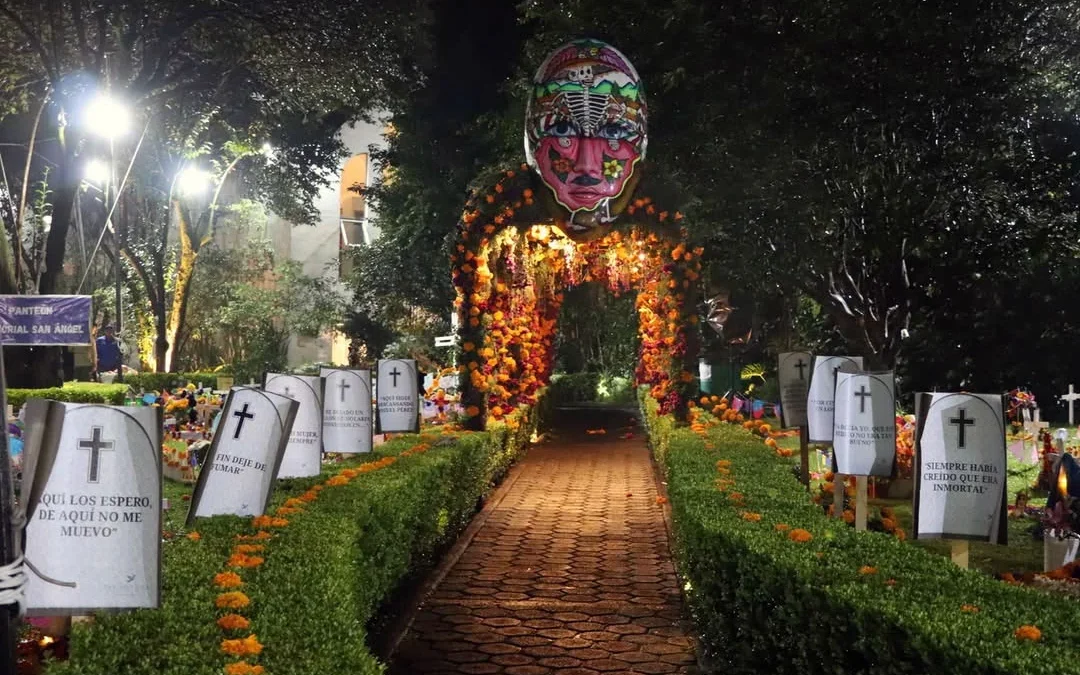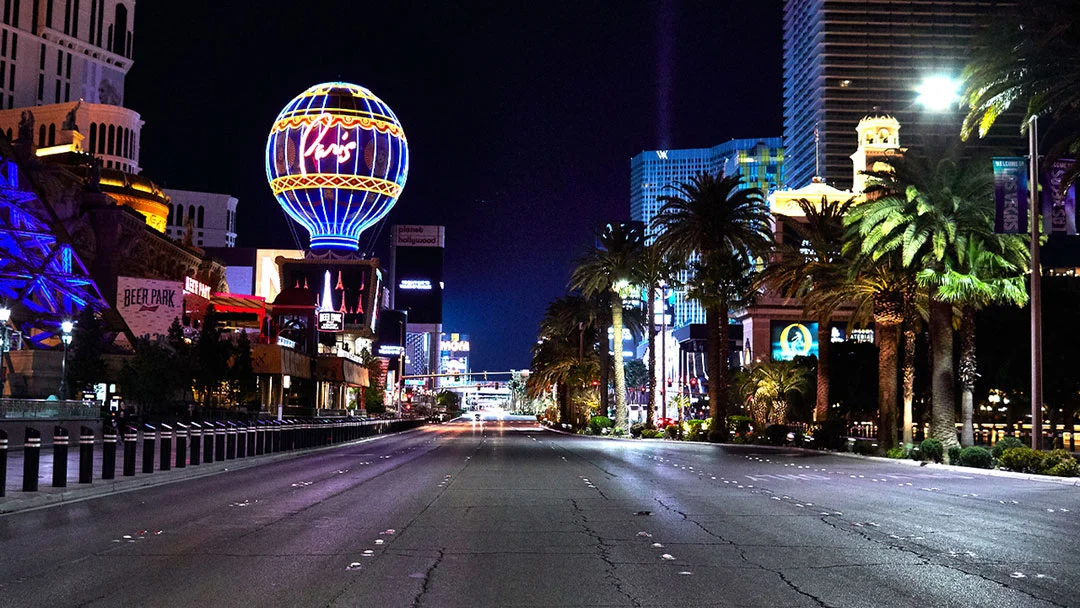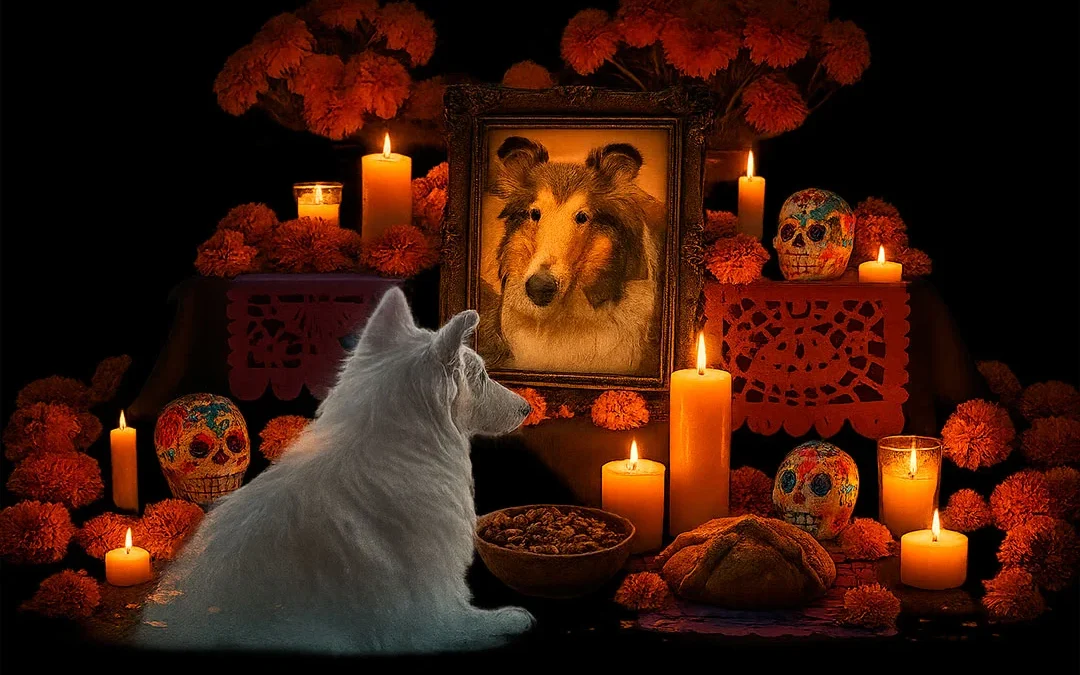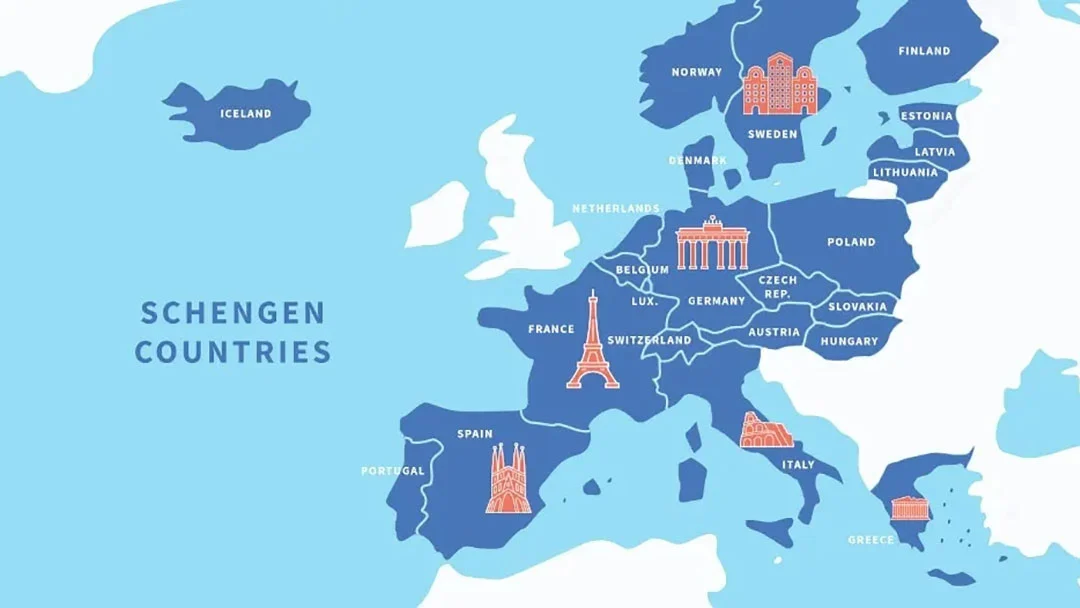La Okanagan Valley en Canadá es uno de los destinos más fascinantes para los amantes del vino y el turismo enológico. Ubicada en la provincia de Columbia Británica, esta región combina paisajes de ensueño con una oferta vinícola de clase mundial.
El corazón vinícola de Canadá
Con más de 200 bodegas, la Okanagan Valley se ha posicionado como la principal región vinícola de Canadá. Sus viñedos se extienden a lo largo de 250 kilómetros, rodeados por lagos cristalinos, montañas y un clima que favorece el cultivo de la vid.
A diferencia de otras zonas del país, el valle cuenta con veranos cálidos y secos, ideales para producir vinos tintos como el Merlot, el Pinot Noir y el Cabernet Sauvignon, además de blancos como el Chardonnay y el Riesling.
👉 Si deseas conocer más sobre el vino canadiense, puedes consultar la Canadian Vintners Association.
Un destino turístico imperdible
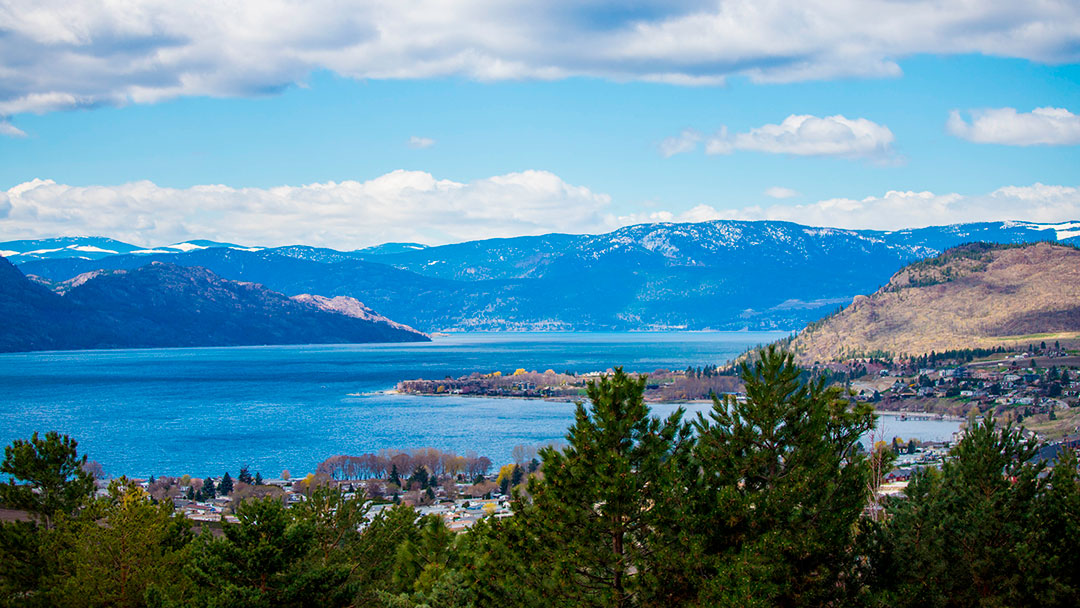
El atractivo de la Okanagan Valley no se limita al vino. Sus paisajes hacen de la región un lugar ideal para practicar actividades al aire libre como senderismo, ciclismo y deportes acuáticos. Durante el invierno, las montañas cercanas ofrecen algunas de las mejores estaciones de esquí de Canadá.
Además, la ciudad de Kelowna se ha convertido en un punto de encuentro cultural con museos, restaurantes y festivales que celebran la identidad de la región. Puedes descubrir más sobre la zona en la página oficial de turismo de British Columbia.
Gastronomía y maridaje local
El valle no solo destaca por sus vinos, sino también por su gastronomía. Restaurantes y mercados locales ofrecen productos frescos de granjas cercanas: frutas, quesos artesanales y carnes orgánicas. Esta combinación convierte cada experiencia enológica en un verdadero viaje de sabor.
👉 Si te interesa la cocina regional, revisa la guía gastronómica de Tourism Kelowna.
El futuro de la viticultura en Okanagan Valley
La región continúa creciendo y ganando reconocimiento internacional. Cada año, más turistas llegan atraídos por la calidad de sus vinos y la hospitalidad de sus habitantes. Gracias a su innovación y cuidado del medio ambiente, Okanagan Valley se perfila como uno de los destinos enológicos más sostenibles del mundo.
Si quieres conocer más del mundo de los vinos checa nuestro artículo sobre 5 vinícolas imperdibles en el Valle de Guadalupe.

